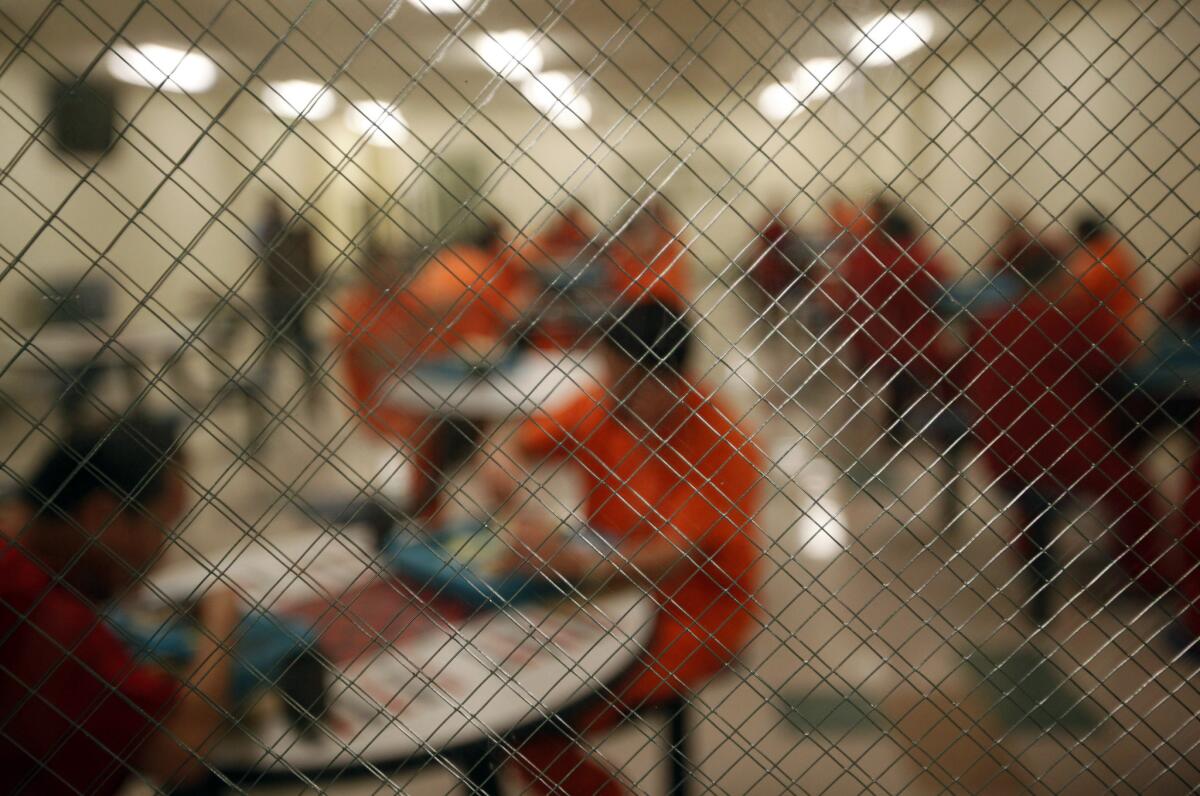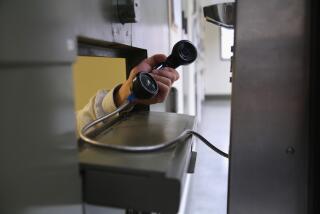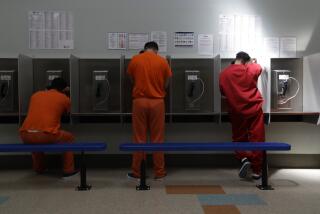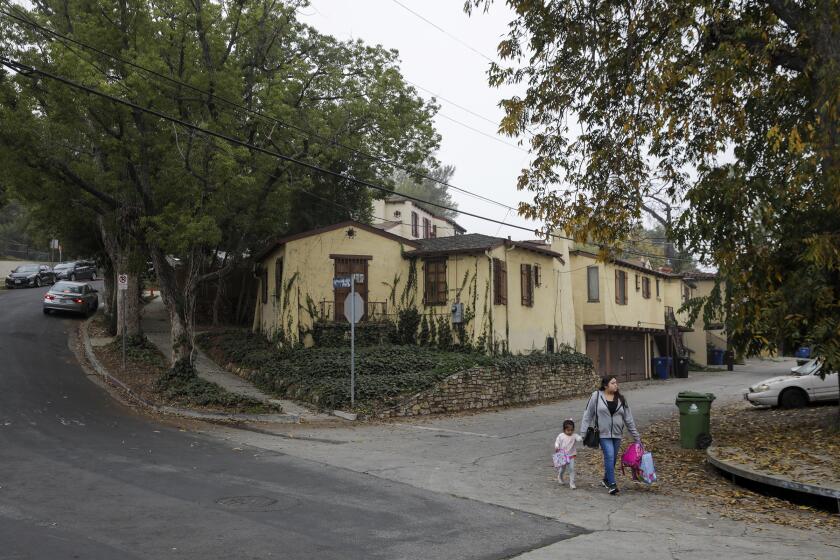Opinion: Immigration detention centers could be the next pandemic hot spot

- Share via
It was only a matter of time — a health worker at an immigrant detention center in New Jersey has tested positive for the novel coronavirus after falling ill. And now a detained migrant in a New Jersey county jail has tested positive too. And The Nation reports that Immigration and Customs Enforcement officials had, as of March 19, isolated nine detainees and was monitoring 24 across 10 detention facilities.
That isn’t good. The federal immigration detention system was already an overcrowded and often unhealthy mess before the coronavirus pandemic. On any given day the system holds more than 50,000 people as they await deportation hearings. Conditions in some cases are deplorable, and the notion that they might be able to stay a safe distance away from each other and their jailers is laughable.
Yet the government insists on keeping them locked up, even people who have been convicted of no crimes and are merely suspected of being in the country illegally — a civil infraction in most cases. And we’re forcing them to live in conditions that risk their lives.
As The Times’ editorial board noted on March 18, our jails and prisons are dangerous places during a pandemic, where inmates are “virtually defenseless” against the virus. “In jails especially — where quarters are cramped, inmate turnover is high, and thousands of people are admitted each day — it is only a matter of time before an infected person who does not yet show symptoms enters one of these locked institutions. And once the virus enters such a confined space, it will spread.”
Immigration detention centers are no different. In fact, in many cases they are one and the same, since ICE contracts with local jails and private prisons for space to hold their detainees. And after a bit of confusion, acting Homeland Security director Ken Cuccinelli tweeted Thursday that immigration agents will continue arresting people living here without permission, adding even more bodies to the detention system as immigration courts themselves remain, remarkably, open.
Even before the COVID-19 pandemic, inspections of many detention centers found them to be over-crowded, unhealthy and, at times, dangerous. Last June the Homeland Security inspector general reported that spot checks of five border detention facilities found children lacking spare clothing, while other migrants were provided with only wet wipes to clean themselves and were given food that caused gastrointestinal conditions.
In some facilities, some single adults were jammed into cells so crowded many could not sit down.
Remember, there is little reason to detain most of these people in the first place. Being in the U.S. without permission generally is not a criminal act; it is, in most cases, a civil violation. And in most cases, people facing deportation could be monitored by other means while they fight extradition. Immigration detention should be reserved only for those who pose a threat to public safety or who the government has reasonable cause to believe would not show up for deportation hearings.
At the least, the government should not exacerbate the pandemic by needlessly forcing so many people to remain in detention facilities where they cannot maintain safe distances from other people.
More to Read
Updates
11:32 a.m. March 25, 2020: This piece was updated to reflect the first report of a detainee testing positive for COVID-19.
A cure for the common opinion
Get thought-provoking perspectives with our weekly newsletter.
You may occasionally receive promotional content from the Los Angeles Times.











